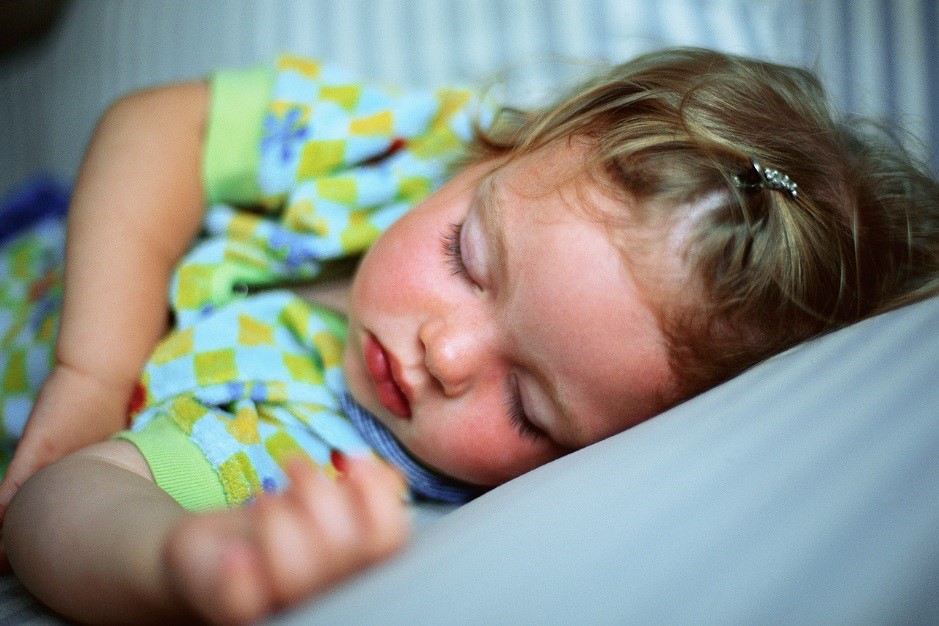As parents, you should know that 25% of all children experience some type of sleep problem during childhood, the most common being bedtime difficulties and night awakenings. If untreated, these can lead to mood disturbances, impaired attention, and poor impulse control. In fact, in a recent British study, children with irregular sleep/wake schedules demonstrated long-term deficits in math and language skills. The following are some behavioral tips on how to deal with the child who is a problem sleeper.
1. Extinction: The parent is advised to put the child to bed and ignore the child’s response. It is very effective and has not been shown to cause harm. However, many parents find it difficult.
2. Graduated extinction: This is extinction with periodic parental checks. The interval between checking-in and the duration of each check-in are increased nightly.
3. Self-soothing: The idea here is to put the child to bed when groggy, not after they have fallen asleep in your arms or on the couch. By doing this, it helps the child to develop techniques for falling asleep. It also discourages the very bad habit of associating the parents’ presence with falling asleep.
4. Positive bedtime routines: The intent is to make bedtime a positive, enjoyable time for the child. Such things as taking a bath, brushing teeth, and putting on pajamas, followed by a bedtime story can work wonders.
5. Develop a regular sleep/wake schedule: Children and adolescents should have a consistent schedule. I urge parents to learn how many hours of sleep your child needs at that age and work backwards from wake time. Try to avoid no more than one hour’s difference on non-school nights.
6. Avoid caffeine: Children should avoid any caffeine-containing product after noon. Soda, coffee, chocolate, and iced tea are prime examples.
7. Sleep environment: Most studies show children sleep better in cool environments. Temperatures of 65° to 70° are recommended. Televisions and video games should be eliminated. Most studies show increased sleep problems and lighter sleep in children with televisions in the bedroom.
8. Naps: Make sure that the number and duration of naps is appropriate for your child’s age. Note that after the age of five most children do not require naps. However, each child is different, so there is no hard and fast rule here. We do know that naps too close to bedtime can interfere with the ability to fall asleep.
9. Avoid pre-bedtime roughhousing. This serves to increase the production of stress hormones, as well as increase the core body temperature. Both of these can inhibit the ability to fall sleep.
10. Avoid bedtime snacks, especially those high in sweets. These snacks can cause a sudden burst in energy–the last thing you want when your child is trying to go to sleep.


